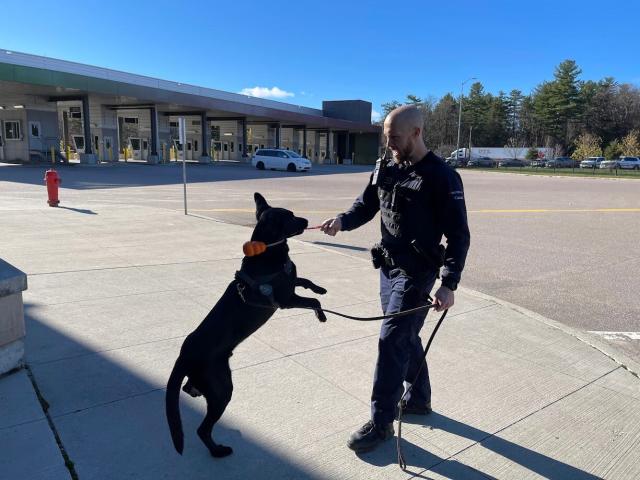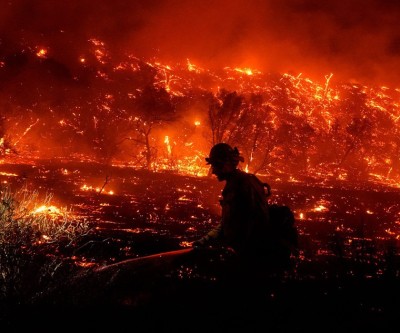Latest News
- Ontario's provincial plan for 2025 is fully completed.
- Rare adoption of a polar bear cub near Churchill confirmed by scientists
- Alberta closes supervised drug use centre at Edmonton hospital
- These maps show how the pre-Christmas storm is sweeping across Canada
- Meta has discontinued the Messenger desktop app.
Latest Ads
-
Jasmine Jewel
Call
-
Omidan group
Call
-
Amir Madanpour
Call
-
Dimo studio
Call
-
Yorkacademy
Call
-
Maryambagheri
Call
-
Shishlix Restaurant
Call

Messed-up maple syrup: Crafty tactics complicate Canada's fight to stop illegal drugs at the border
The use of crafty tactics complicates the challenges related to combating illegal drugs at the borders of Canada. The Canadian Border Services Agency (CBSA) is engaged in an ongoing game with criminal organizations attempting to import dangerous drugs and precursor chemicals for fentanyl, using various innovative methods. In an interview with the program "The House," as part of its continuous coverage of the drug crisis, Aaron McCrorie, the Vice President of Intelligence and Enforcement at CBSA, stated that officers have observed diverse and inventive techniques employed for drug smuggling.
"We see shipments being concealed in machine parts, being dissolved in liquids and being shipped as maple syrup, for example. They are hidden in baking tools," McCrorie informed host Catherine Cullen. "It's an ever-evolving game where we're constantly looking at new and different tactics to smuggle drugs into the country or out of the country."
Every day, an average of 21 people in Canada lose their lives due to the toxic drug crisis, with fentanyl, a potent synthetic opioid, playing a significant role in many of these fatalities. However, a considerable portion of the fentanyl in Canada, or the substances used to manufacture it, originates from overseas.
According to the CBSA, 496 grams of fentanyl were seized in the first half of the current year, along with nearly 31,000 kilograms of other narcotics, drugs, and chemicals during the first two quarters of 2023. Two milligrams of fentanyl are considered a lethal dose.
Among the tools employed by CBSA in its efforts to prevent the influx of drugs are sniffer dog teams, such as the one visited by "The House" at the Lansdowne border crossing in eastern Ontario. The constant cat-and-mouse game with criminal organizations necessitates staying vigilant against new and evolving tactics for drug concealment.
McCrorie emphasized that one trend observed in 2023 is the increase in shipments containing the key ingredients of fentanyl rather than the completed drug. While the quantity of fentanyl entering the country has decreased, there is a rise in the importation of precursors. Most precursor chemicals for fentanyl are imported to Canada from China, either directly or transshipped via the United States or South American countries.
Canada has had ongoing collaboration with China to combat the flow of illegal fentanyl and other opioids, and the United States recently agreed to restart its cooperation on this issue. McCrorie highlighted the challenge of precursors, as they may have legitimate purposes, making it difficult for regulations to keep up, or their chemical composition may change rapidly.
"It's a constant battle on our part to identify new precursors coming into the country and then working with our partners — like in Health Canada, for example — to get those precursors listed so we can stop them from coming in," McCrorie explained.
Suggested Content
Latest Blog
Login first to rate.
Express your opinion
Login first to submit a comment.
No comments yet.


































